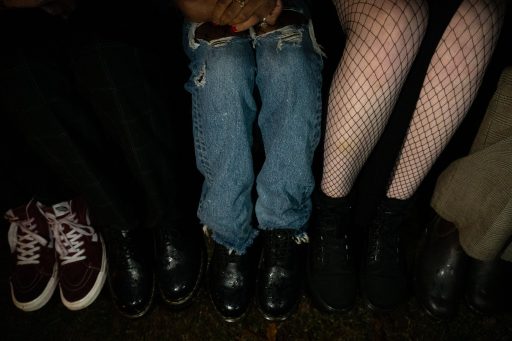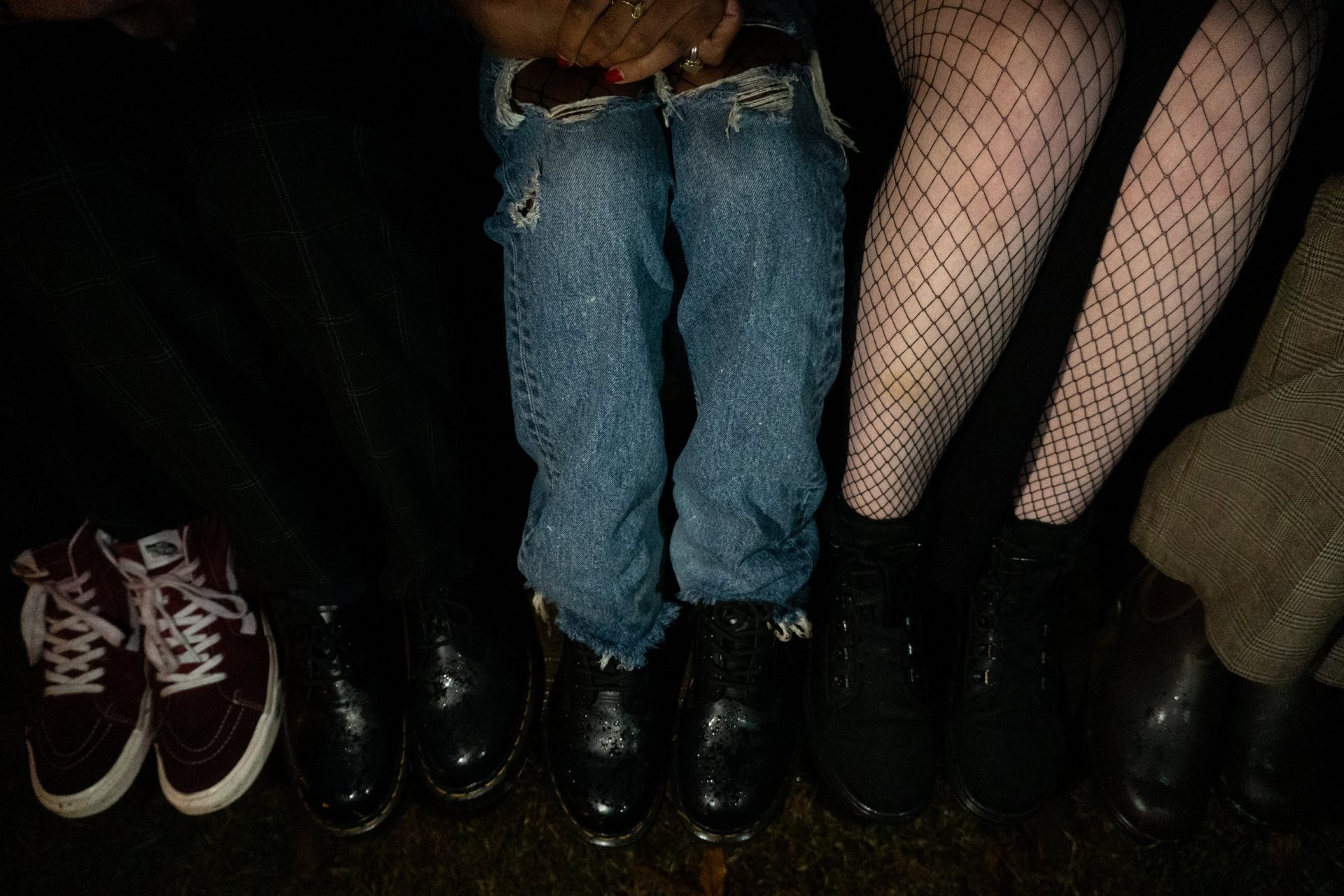Too many boomers have chosen simply to ignore the grunge phenomenon, pretending it doesn’t exist, hoping it will just go away. But in so doing, they are also ignoring the people — in many cases their own children — who have adopted the grunge style as their own.
Grunge. My spell check tripped over the strange construction of letters. Ignore, change, or add; those were the options given to me. Change to what? It suggested grange, gringo, or grudge; none of which came close to what it was I was trying to describe. The same options are embraced by society as it struggles to understand and address the consequences of this current trend shaping the generation called, for better or worse, Generation X.
Grunge is defined not by what it is, but by how it is manifested. It is, more than anything, a style (or an anti-style, if you will), a set of traits, an ethos. Originating in the Pacific northwest, it was displayed by the well-known, now deceased, Kurt Cobain, lead singer of the “grunge” band Nirvana. Not surprisingly, Cobain took his own life, succumbing to the self-generated depression–also characteristic of the grunge “movement” – that permeated the lyrics of his songs. Like a virus, his lyrics have infected a generation with a disposition that is, at best, sullen, melancholic, and somber, and at worst, suicidal.
What are boomer parents of these X-ers to do? Ignore, change, or add. In light of grunge’s fairly recent appearance on the cultural scene, it is little wonder that my PC’s dictionary, a product of the Baby Boomers’ generation, does not understand grunge. Sadly, neither do the boomers who made the computer – whose children are the target of the virus. The options they programmed into their electronic offspring (the PC) are the same tactics they employ when their human offspring – the so-called Generation X-ers – succumb to today’s youth culture.
Too many boomers have chosen simply to ignore the grunge phenomenon, pretending it doesn’t exist, hoping it will just go away. But in so doing, they are also ignoring the people – in many cases their own children – who have adopted the grunge style as their own. For the boomers who have energy to spare at the end of the day, change is the option of choice. They see it is as their mission to reach the X-ers with the truth that the boomer way is the only way, and should be adopted; exchanged for the grunge culture, as soon as possible. With evangelistic zeal, they push the culture that suited them as teens, as preferable, and even superior, to the one their children have created. While many aspects of distinctly boomer culture are admirable and desirable, it is unlikely that X-ers will respond kindly to someone asking them to abandon their culture for another, countering with, “why should I admire and adopt your culture when you don’t even respect mine?” The third common option, add, is one of accommodation. It promises to foster the most goodwill between the generations; however, it is an irresponsible approach that does not strive to distinguish between behavior that is normative and behavior that is not, opting instead for a relativity that accepts all actions as equally valid.
Of the three options, none conform to Scripture – the normative handbook for child rearing – and therefore, none promise long-term, comprehensive solutions. Having raised their children during secular humanism’s coming of age, employing the modern theories of child rearing that accompanied the demise of Biblical Christianity in the broader culture, most boomers are unaware that these options are flawed. Unfamiliar with the standard, they do not realize it when their options fall short. Thankfully, for the sake of this post-Christian nation, the answer may be found in a distinctly secular place. Many boomer parents took their youngest children to see Disney’s The Lion King. The movie’s title song, The Circle of Life, provides a powerful metaphor for human connections. In it, Elton John sings, “from the day we arrive on the planet/and blinking step into the sun/there’s more to see than can ever be seen/more to do than can ever be done/there’s far too much to take in here/more to find than can ever be found/but the sun rolling high/through the sapphire sky/keeps great and small on the endless round//It’s the circle of life/and it moves us all/through despair and hope/through faith and love/till we find our place/on the path unwinding/in the circle, the circle of life.”
As the song says, it is only by working together that we may accomplish the potential that lies before us. Each generation will always be limited in its ability to accomplish things – it is necessarily dependent on the generation that went before and the one that is to follow. Whether we acknowledge it or not, we are generationally linked. For the sake of their children and grandchildren, it is incumbent upon boomers to listen to their children, to learn the language they understand, and then to lead them, teaching them the lessons they have learned along the way.
Though the source of this strategy, a Disney song, is unlikely, it is, nevertheless, consistent with the Biblical model for parenting: “Train up a child in the way he should go: and when he is old, he will not depart from it” (Proverbs 22:6).





